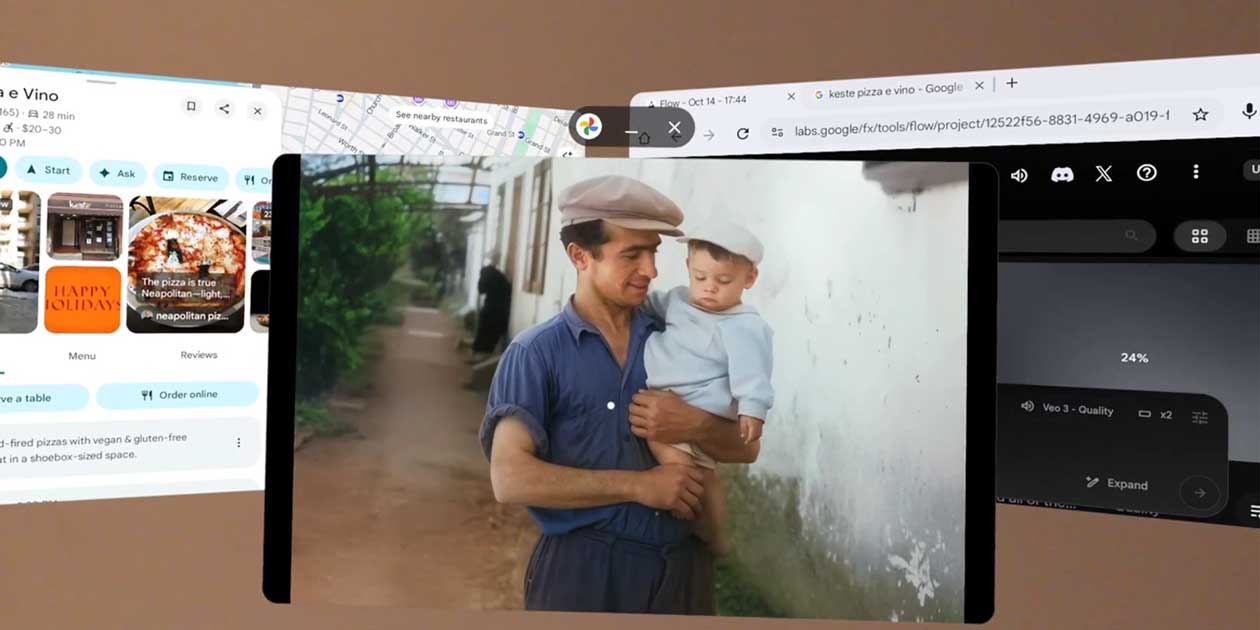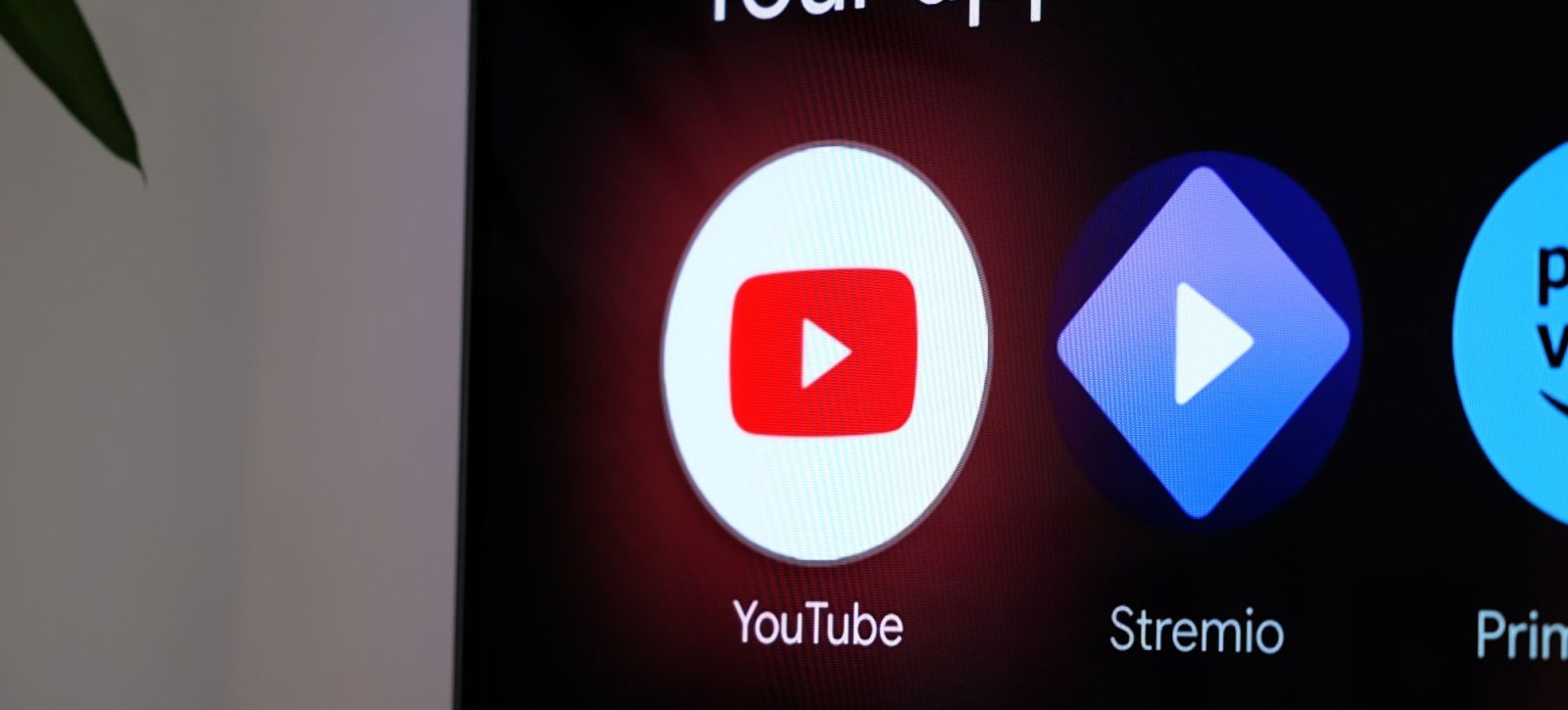In a significant advancement for immersive media, Google Photos has unveiled a suite of features tailored for Android XR devices, notably Samsung’s newly released Galaxy XR headset. These enhancements aim to transform traditional 2D images into dynamic 3D experiences, offering users a more engaging way to relive their memories.
Transforming 2D Images into 3D Experiences
The standout feature of this update is the ability to convert standard 2D photographs into three-dimensional visuals. Leveraging advanced algorithms, Google Photos analyzes depth cues within an image to create a layered effect, providing a sense of depth and realism. This functionality mirrors the spatial photos feature introduced by Apple in their Vision Pro headset, which similarly enhances flat images by adding depth and movement.
Samsung has showcased this feature in a recent demonstration, highlighting its integration with the Galaxy XR headset. The process resembles the existing photo to video tool available in the Google Photos mobile app, which animates still images to produce short video clips. However, when experienced through the Galaxy XR headset, users can immerse themselves more fully, stepping into their photos in a way that was previously unattainable.
Introduction of Immersive Mode
Beyond the 3D photo conversion, Google Photos has introduced an Immersive mode designed to enhance the viewing of panoramic and 360-degree images. When accessed through the Galaxy XR or other compatible Android XR devices, this mode utilizes the headset’s motion-tracking capabilities to provide a more realistic and interactive experience. Users can explore expansive landscapes or intricate environments by simply moving their heads, making the viewing experience more intuitive and engaging.
Home Space Mode for Traditional Viewing
For those who prefer a conventional photo viewing experience, Google Photos offers a Home Space mode. This feature allows users to browse and edit their photo library in a familiar interface, akin to using the app on a smartphone or tablet. Within the virtual environment of the Android XR headset, Home Space functions as a virtual desktop, enabling users to manage their photos alongside other applications seamlessly.
Potential Integration with Samsung’s 3D Capture Feature
Prior to the launch of the Galaxy XR headset, there were speculations about Samsung introducing a 3D capture feature for its Galaxy smartphones. This functionality would enable users to capture 3D images directly from their devices, potentially integrating with the Galaxy XR headset for an enhanced viewing experience. While it’s yet to be confirmed how this feature will interact with Google Photos’ new 3D tools, the prospect of capturing and viewing 3D content within the same ecosystem is promising.
Implications for the Future of Immersive Media
The introduction of these features signifies a broader trend towards immersive media experiences. By enabling users to transform their existing photo libraries into interactive 3D environments, Google Photos is bridging the gap between traditional photography and virtual reality. This development not only enhances personal media consumption but also opens new avenues for content creators and developers to explore innovative storytelling techniques.
Conclusion
Google Photos’ latest update for Android XR devices, particularly the Galaxy XR headset, marks a significant step forward in the evolution of photo viewing experiences. By converting 2D images into 3D experiences and introducing immersive viewing modes, users are offered a more engaging and interactive way to relive their memories. As technology continues to advance, such integrations between software and hardware are likely to become more prevalent, reshaping how we interact with digital content.



